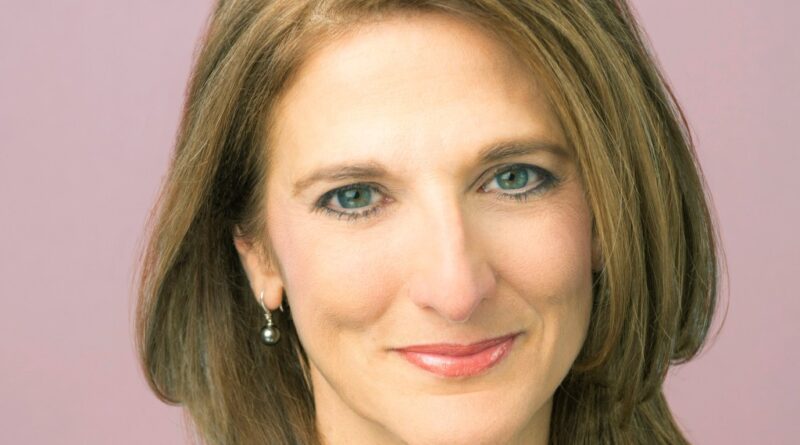Jill On Money: Health care registration for 2025
It’s time to sign up for health care, and before your eyes glaze over, consider this: Most of us would spend more time comparing prices at the grocery store than reviewing our subscription packages. of 2025.
154 million Americans are covered by workplace plans, and according to the Kaiser Family Foundation (KFF) 2024 Employer Health Benefits Survey, “the average annual dollar contribution by covered workers in 2024 it is $1,368 for single coverage and $6,296 for family coverage.”
Fees are just the beginning. There are deductibles (the amount you have to pay before insurance kicks in), which averages $1,787 per individual coverage and copayments (the amount you pay each time you visit the doctor ). The numbers add up quickly, which is why spending time exploring your options makes sense.
Start by determining if your current plan or your health needs have changed. Make sure your doctors and prescriptions are covered, and if not, consider other options.
Many organizations offer High Deductible Health Plans (HDHPs), which in exchange for higher out-of-pocket costs before insurance kicks in, offer lower premiums. To help save on additional deductibles, HDHPs are combined with TRIPLE tax-advantaged Health Savings Accounts (HSAs).
The three-part savings are as follows: The money you put into the HSA goes into the account before taxes, the earnings in the account grow tax-free, and when you withdraw the money, there is no tax to pay. If you retire, you can take your HSA with you and use it for decades into the future. The annual HSA contribution limits for 2025 for personal coverage will be $4,300 and $8,550 for family coverage. If you are 55 or older, you can contribute an additional $1,000.
HSAs are not to be confused with Flexible Spending Accounts (FSAs), workplace savings vehicles that allow you to save up to $3,300 pre-tax to pay for health care expenses in 2025.
You generally have to use the money in the FSA during the plan year, although some employers allow a “grace period” of an additional 2.5 months to use the FSA money or the ability to carry over up to $660 to use it in the year what follows.
Medicare Open Enrollment (through December 7)
For those over 65, if there was ever a year to end Medicare, this is it. For 2025, there are big changes coming to prescription drug plans (Part D) and some private Medicare Advantage plans that have drug coverage.
Out-of-pocket costs for medications will be capped at $2,000, but there may be increases in other coverage areas such as copayments and deductibles. Go to Medicare.gov to see if your prescriptions are covered by the plan, and how much they might cost.
In addition, many hospital systems are leaving separate Medicare Advantage networks. That may get you to switch to traditional Medicare from the state, but skipping that means you lose out-of-pocket coverage, so you may have to buy a Medigap policy, or a Medicare supplement, to ensure coverage. that you have adequate coverage. .
If you need financial help, consider the Medicare Savings Programs, which are administered by state Medicaid agencies. The government recognizes that “even if you think you are not eligible, you should still apply.”
Affordable Care Act (Nov 1 – Jan 15)
If you don’t have health insurance through your employer, Medicare, Medicaid, or the Children’s Health Insurance Program, you can get coverage through the Affordable Care Act’s Marketplace.
When you go to Healthcare.gov, you may be shocked, but there is a lot of help for low-income people with tax credits and help to reduce out-of-pocket costs.
Jill Schlesinger, CFP, is a business analyst for CBS News. A former options trader and CIO of an investment advisory firm, he welcomes comments and questions at askjill@jillonmoney.com. Check out his website at www.jillonmoney.com.
Originally published:
#Jill #Money #Health #care #registration
